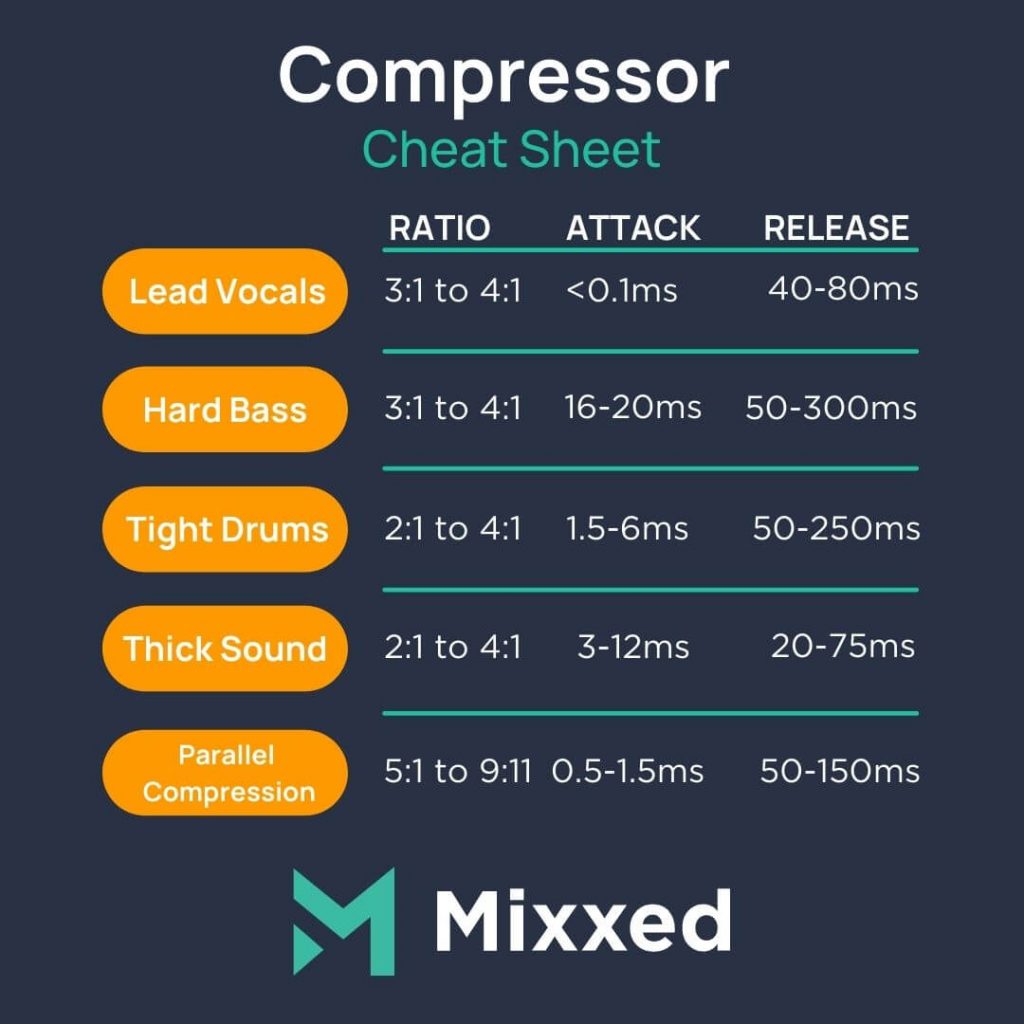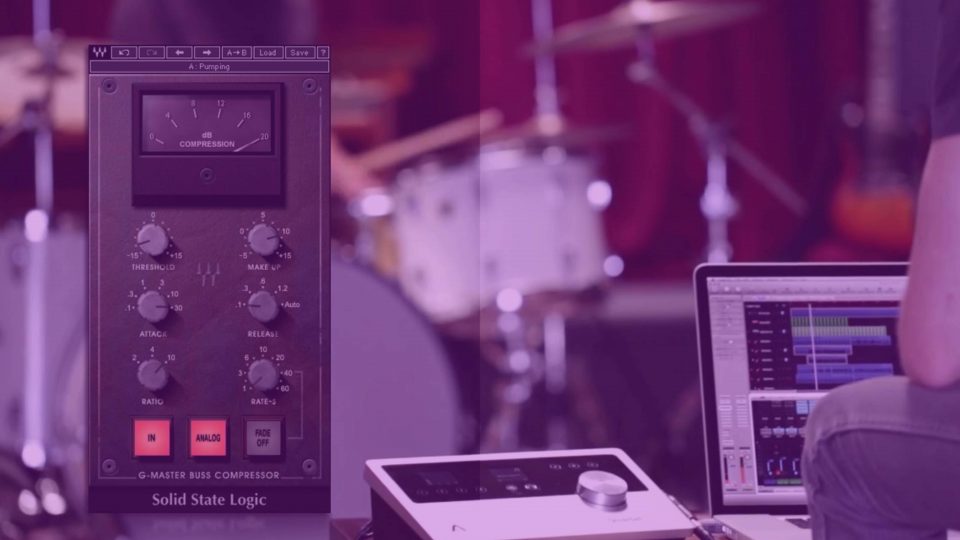What is Parallel Compression? When Should You Use it?
Introducing the ultimate form of compression for punchy & aggressive drums, impactful bass, clear vocals: parallel compression.
But what is parallel compression? Well for starters, it’s a way of compressing your sounds with heavy compression settings… without making your dynamics sound unnatural!
What is Parallel Compression?
Parallel compression, which is also known as New York style compression, is a compression technique where you blend an uncompressed version of your signal with a heavily processed version of the same signal. In short, that’s why we call it parallel compression.
When you mix an uncompressed and heavily compressed version of the same signal together, you can keep the natural/original dynamics of the sound while adding weight and aggression to it too!
Of course, you don’t need to use aggressive compressor settings on your parallel signal. However, you’ll notice that with heavier compression settings comes a more aggressive signal. This is why parallel compression is amazing for achieving impactful drums, bass, and vocals too.
How to Use Parallel Compression
There is no specific compressor plugin to achieve effective parallel compression. You can use any compressor plugin whatsoever, including a stock DAW compressor.
But there are some steps you’ll have to take:
- Set up an aux track in your mixer and send your chosen signal to the aux track. This aux track is where your compressor is going to sit. If your signal is mono, make a mono aux. If your signal is stereo, make a stereo aux track.
- Next, insert your chosen compressor plugin onto your aux track.
- This may not apply to your DAW, but if you need to then create a pre-fader send on your source track rather than a post-fader send. Using a post-fader send will mean the gain of your aux channel will be affected by the gain of your source signal which will cause your compression to change. Then select the send from your source channel as the input of the aux track.
- Finally, dial in your compressor settings and then play with teh volume faders of your source signal and your parallel aux channel. You’ll notice the diffence in dyanamics as you attenuate one louder than the other!
What Are the Best Settings?
As we said earlier, a huge advantage with parallel compression is how you can use aggressive compressor settings.

Using parallel compression on percussion is a great place to experiment and learn about it first hand. Experiment with high ratios, low thresholds, faster attack times and slower release times and change them as you go to ee which gives you the best results.
Fast release times will give you a pumping effect which can work really well on drums. Longer release times will emphasize the sustain of your sounds!
Just when you think things have gone too far, start bringing in the dry signal and listen to how your compressed transients interact with the dry drum hits. Use the wet/dry mix to get the perfect balance of punch and body.
Parallel compression can be useful on all kinds of sources. In addition to percussion, try parallel compression on vocals or any other source that benefits from heavy compression settings.
Parallel compression is best applied on drums, basses, and vocals. You’ll find the right samples in the Mixxed sample library.
The sampling revolution has risen in popularity and shaped music since the early 1970s. Sample culture continues to transform how millions of artists and producers do their thing in DAWs.
You too can break conventional norms, challenge the status quo, and open Pandora’s box of sound design.
Mixxed works with a growing number of sample labels and contributors to provide you with an affordable sample subscription service that’s more accessible than any before.
You’ll have access to our growing catalogue of loops, one-shots and sound effects that you can browse, download and keep forever for less than $3 a month.
Sign up today to find your sound!
